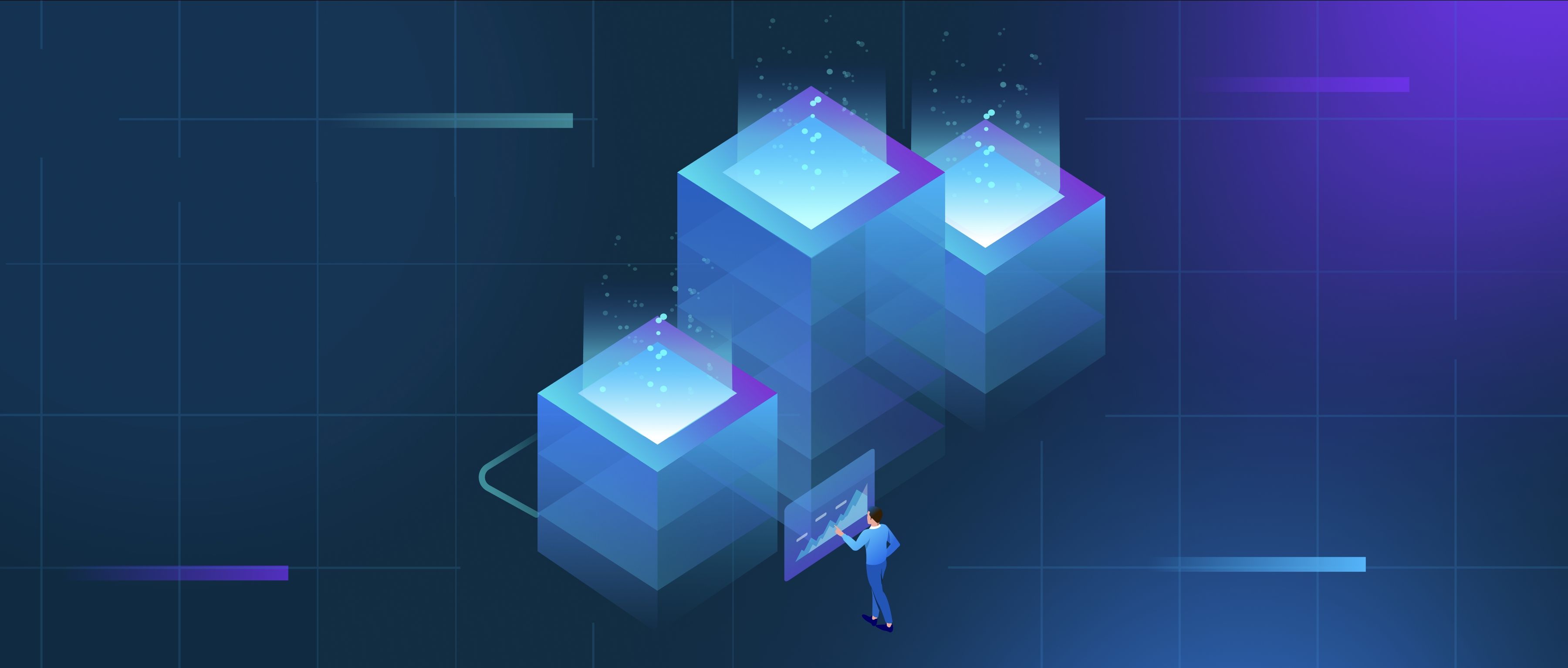Reinforcement Learning (RL) and imitation learning are closely related methods used in training artificial intelligence models, particularly in tasks where the goal is to perform actions in an environment. RL focuses on learning a policy that maps states of the environment to actions by maximizing cumulative rewards. In contrast, imitation learning is about learning from demonstrations. This means that the model tries to mimic the behavior of an expert or a trained agent by observing sequences of states and their corresponding actions.
The combination of RL with imitation learning typically enhances the training process. In imitation learning, a model is trained on a dataset of expert actions, often referred to as "demonstrations." After this initial phase, the model can transition into an RL setting where it continues to refine its policy by exploring the environment and receiving feedback in the form of rewards. A common approach to implement this is through methods like Behavioral Cloning, where the model learns directly from expert demonstrations, and then combines these learned policies with RL techniques to improve performance beyond mere imitation.
For example, consider a self-driving car. Initially, it can learn to drive by observing recorded data from professional drivers, which serves as its imitation learning phase. After mastering the basics of navigation and decision-making, the car can then enter a reinforcement learning phase where it receives rewards for efficient driving, such as reaching its destination quickly or avoiding obstacles. This dual framework allows the model not only to learn from expert behavior but also to adapt and optimize its actions based on real-time experiences in the environment.
